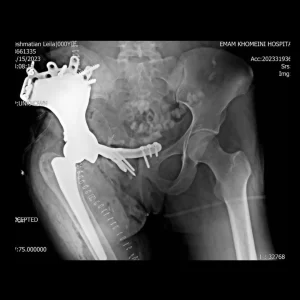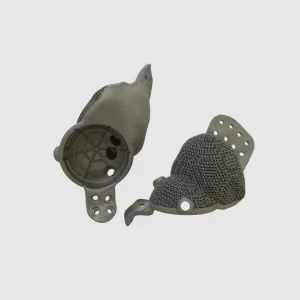Custom Pelvic Implants for Bone Tumors
Custom pelvic implants are specialized prostheses designed to replace diseased portion of the pelvic bone, tailored to each patient’s unique anatomy. Utilizing advanced 3D printing technology and biocompatible medical-grade materials, these implants enhance patient satisfaction with surgical outcomes.
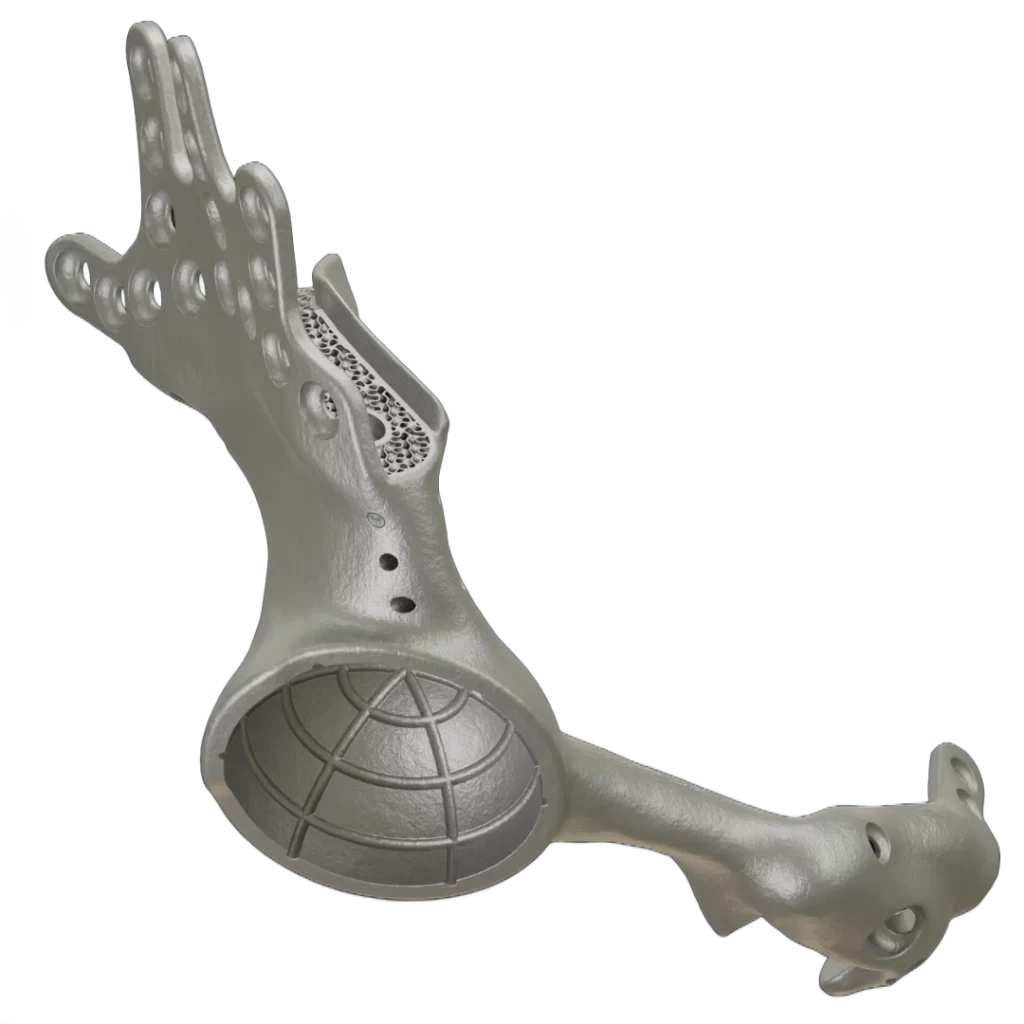
Product Overview
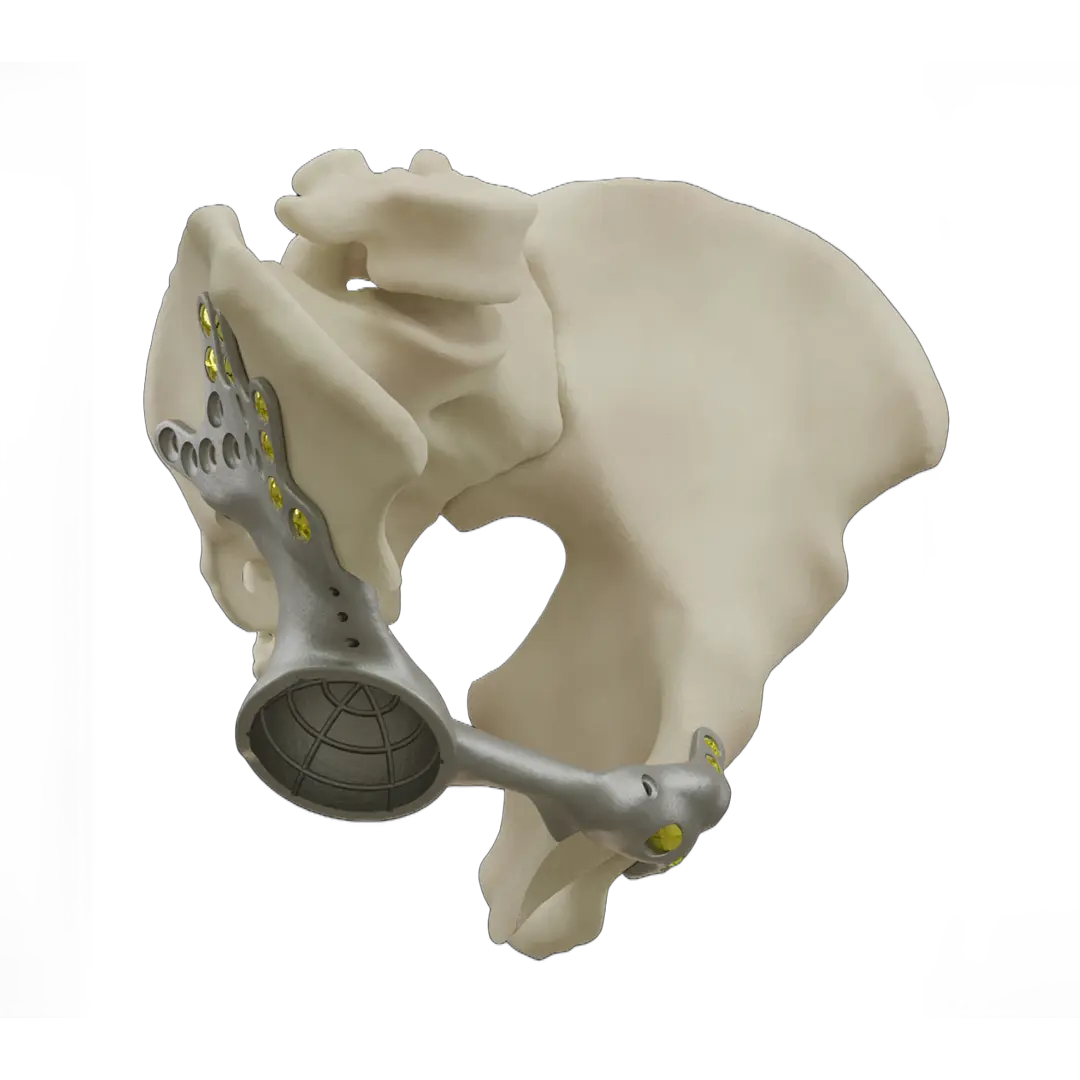
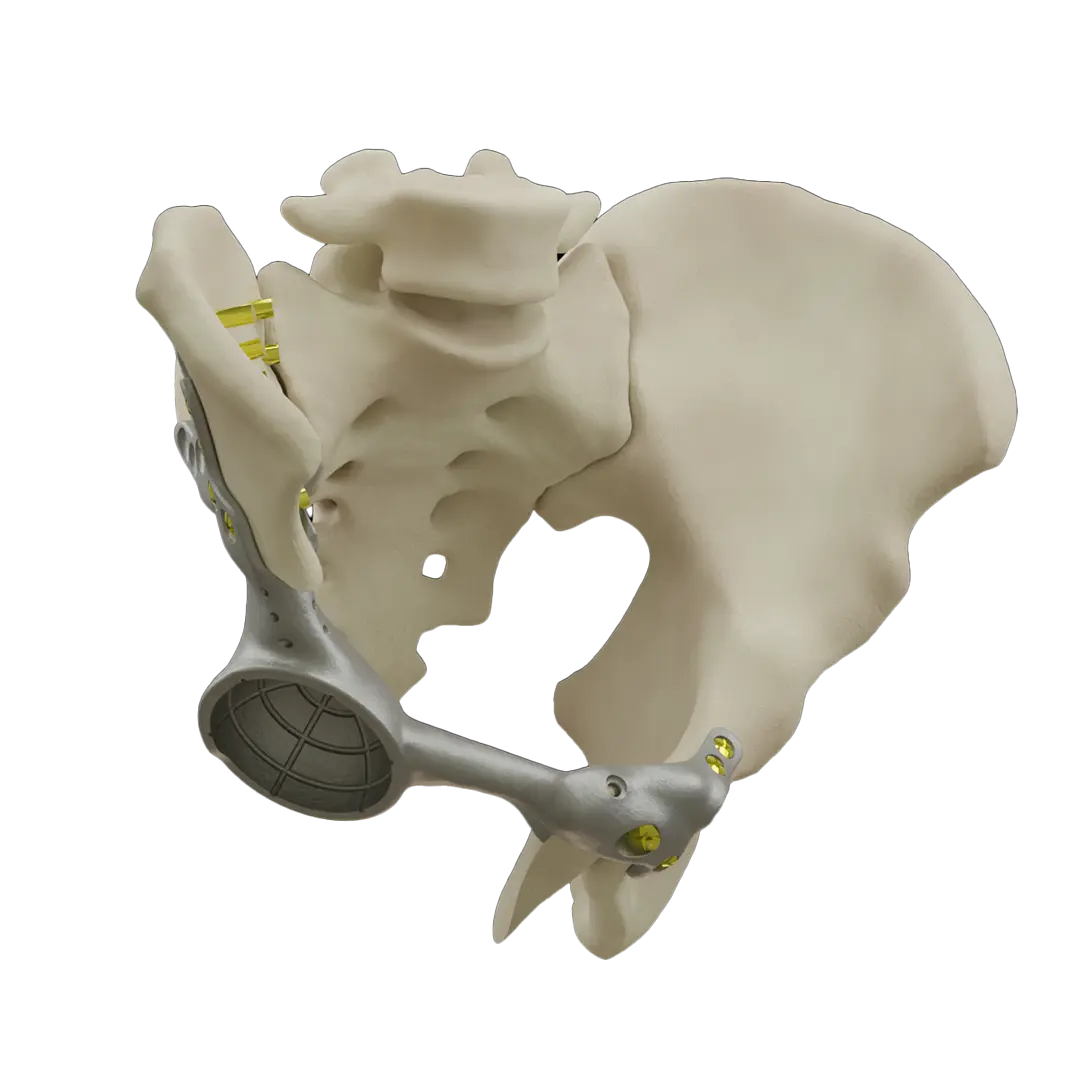
Product Overview
Due to the unique nature of bony tumor growth patterns and tumor types, off the shelf implants restrict the surgeon’s treatment plan options, whereas customized implants are designed based on the optimal treatment plan as seen fit by the physician, which in turn leads to superior quality of care for the patient.
Custom pelvic implants are designed based on patient CT scans, taking into account the potential tumor growth during the design and manufacturing process, ensuring superior conformity with patient’s anatomy and the attending physician’s treatment plan.
The utilization of biocompatible medical-grade materials and cutting-edge 3D printing technology in the manufacturing of these implants significantly increases the chance of a desirable surgical outcome.
These implants are an ideal choice for patients with boney tumors, eliminating the need for prefabricated, one-size-fits-all designs that often require modifications and adjustments to the implant which also restrict physician’s treatment plan.
Workflow
Imaging
CT scan and MR imaging are acquired to create an accurate 3D model of the patient's pelvic anatomy, and identify the extent of the tumor.
Implant Design
Clinical engineers design a custom implant based on the patient's anatomy and tumor characteristics.
Manufacturing
Upon physician approval, the implant is manufactured using 3D printing technology.
Surgery
The sterilized implant is delivered to the attending physician along with an anatomical model of the patient. A company representative may be present in the operating room to assist with implant placement.
Specifications
The surgeon may choose from the available list of features depending on their treatment plan and clinical patient assessment.
At the interface between the bone and the prosthesis, it is possible to have a TPMS lattice structure such as gyroid, in order to promote bone ingrowth as a secondary mechanism of fixation in addition to the screws.
With customized implants it is possible to position each individual screw in its optimal orientation to provide maximum fixation
After partial or total hemipelvectomy, the prosthesis is designed using a hybrid approach, using both ice-cream cone and saddle prostheses fixation rationale. This ensures superior fixation and an improved chance of survival for the prosthesis.
The cup orientation is determined based on the patient’s anatomy and is designed to match the healthy opposite side and can also be modified according to the surgeon’s treatment plan.
Specifications
Surgeons can collaborate with the engineering team to design the implant’s geometry and features based on their clinical assessment of the patient and the intended treatment plan.
Patient-Specific Resection Guide
Using patient-specific resection guides ensures that the pelvic bone will be cut precisely according to the preoperative planning and with the desirable safety margin form the tumor.
The surgical guide will be designed based on the patient’s pelvic anatomy and according to the desired tumor resection margin. The use of the surgical guide comprises the following steps:
- The resection is made and bone is exposed for registration of the guide
- Surgical guide is inserted, registered in place, and fixed in place using one or two pins(depending on surgeon’s preference)
- Tumor resection is carried out using the slot incorporated in the guide’s design
- Surgical guide is removed, and the remaining bone is ready for the implantation of the prosthesis.
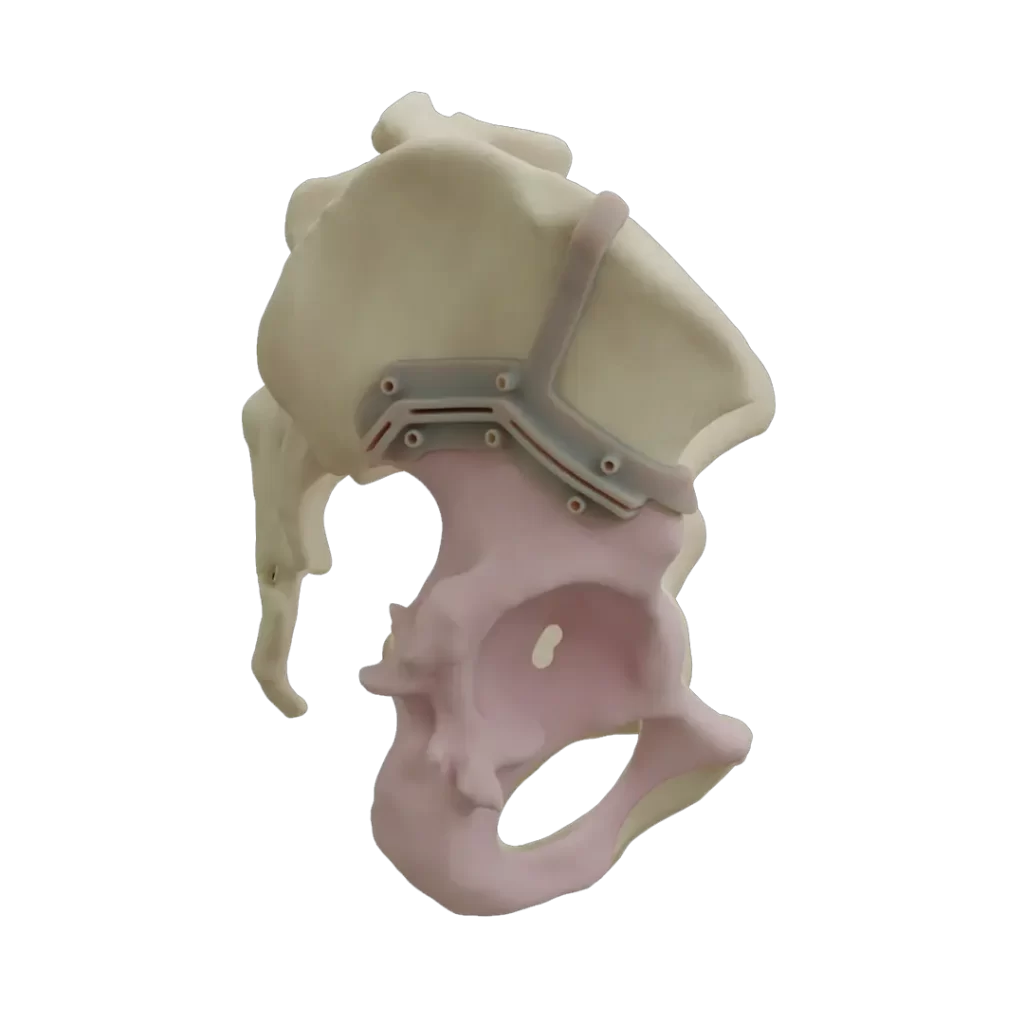
Cases report
The patient is a 31-year-old man diagnosed with pelvic osteosarcoma, who presented with...
The patient is a 36-year-old man who has been diagnosed with pelvic sarcoma...
The patient is a 22-year-old woman who has been affected by a Giant...
The patient is a 49-year-old man who had previously undergone surgery and subsequently...
Cases report
Our case reports highlight successful outcomes achieved through our custom-made implants. They showcase the effectiveness of our treatment plans and the expertise of our team in creating tailored solutions for each patient.
By reviewing these reports, you can gain a better understanding of the level of care and precision that we bring to every aspect of our work with patient specific implants.



